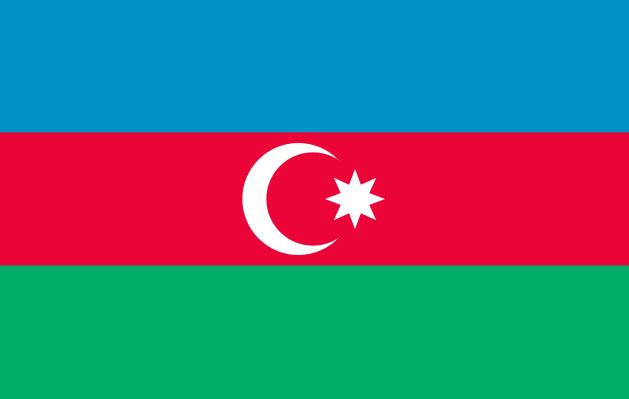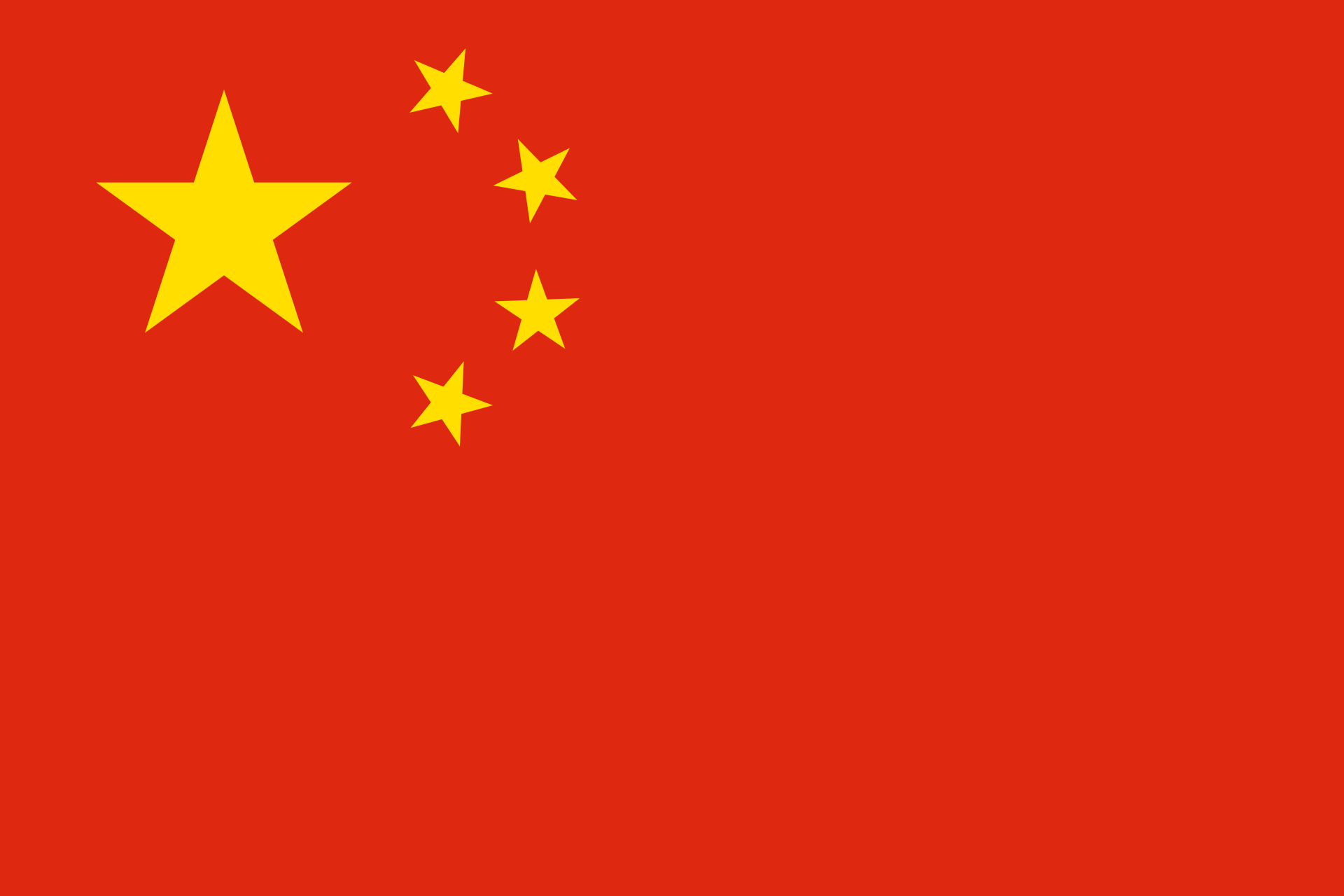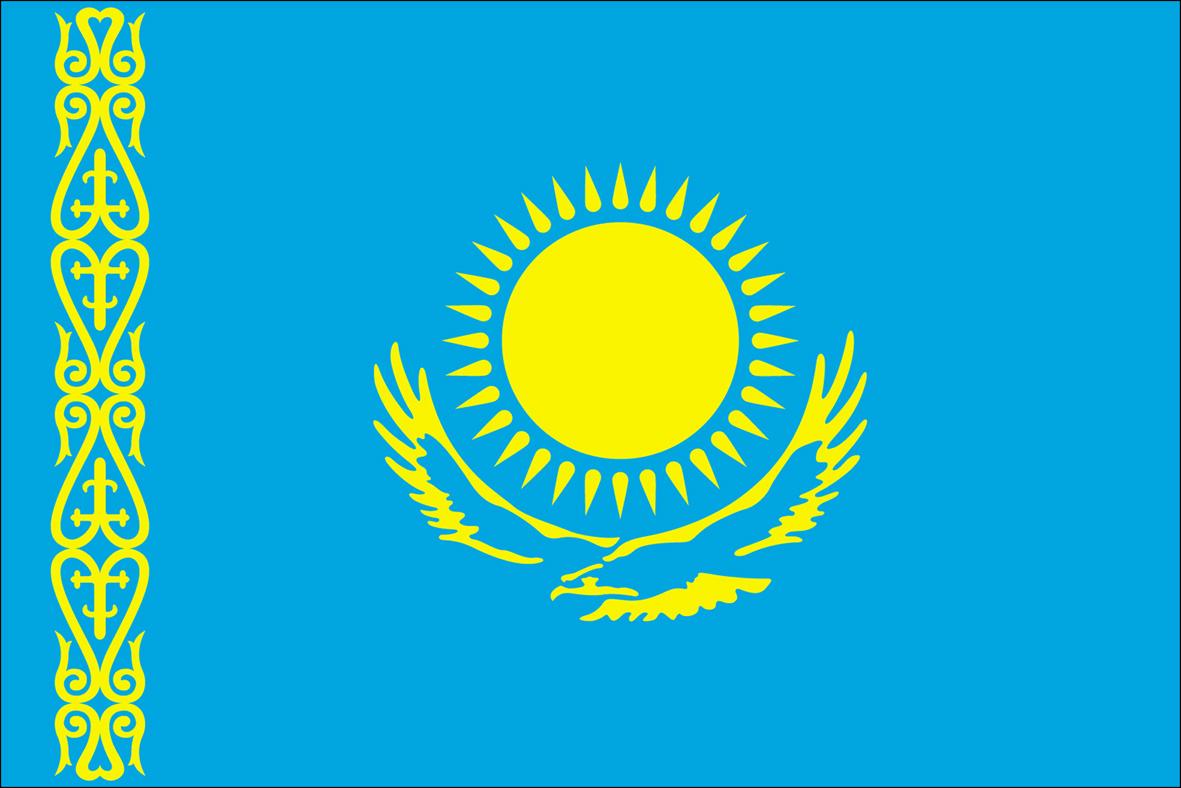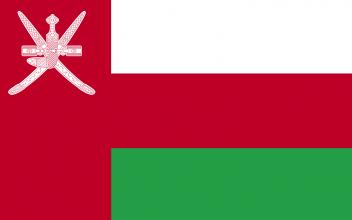The funerary site of Maoqinggou provides some interesting insight into social structures and the political order in Inner Mongolia during the Eastern Zhou period. According to the burial objects in the 79 graves dating from the 8th to the 3rd century BC, there seem to have been few social differences linked to gender or age.
In Japan, interest in the Silk Road flourished considerably after World War II. Japanese scholars travelled to locations on the Silk Road and wrote a number of important studies on their research. An expedition in 1966 sparked a “Silk Road fever” which led to the publication of numerous popular books on the subject and to the emergence of a “Silk Road” TV series and specialized travel agencies. The Silk Road also became an important topic for artists, writers, scientists and anthropologists.
According to textual sources, Buddhism was introduced in Nepal during the Buddha’s lifetime, and there is some probability that the Buddha himself visited Kathmandu valley. A Nepalese chronicle states that during his sojourn in Nepal in the 3rd century BC, the Mauryan Emperor Ashoka also passed through Kathmandu valley.
The decorative arts and crafts in Kashmir, which was an important trading centre due to its strategic position on the land Silk Road, absorbed many foreign cultural influences. Kashmir’s history was marked by subsequent religious conversions. Following a Buddhist and a Hinduist period, Kashmir was ruled by Muslim Sultans who brought in artisans from other regions, for instance Central Asia. There were several stylistic changes and high points in the evolution of the decorative arts.
Maps and travel accounts bear witness to the importance of Sri Lankan harbour cities since antiquity. The port city of Manthai, for instance, already appears in Ptolemy’s world map from the 2nd century AD. In the 6th century AD, the Greek traveller Cosmas Indicopleustes described Manthai as a major centre of trade in the Indian Ocean. Adam’s Peak became a pilgrimage destination for Muslims such as Ibn Battuta, who evoked a number of Sri Lankan port cities.
The French-born Dutchman Daniel Brochebourde and his descendants were key figures at the Siamese court during the late 17th and early 18th century AD. They worked as surgeons and translators for both the Dutch East India Company (VOC) and several successive kings of Siam, thus acting as a link between the Siamese and Dutch communities.
The study of Mongolia’s cultural ecology poses numerous difficulties, due to the size of the territory and the lack of archaeological and historical data. Cultural ecology analyses the interaction between humans and their environment, which is shaped by culture. It seems promising to apply a research strategy which uses tools from various disciplines. Remote sensing, for instance via satellite images, allows to examine physical and biological environments and detect traces of human activities.
Chinese sources play an important role in the historiography of ancient Brunei. The earliest known description of Brunei can be found in the book of Liang. During the Liang dynasty in the 6th century AD, many Chinese monks sailing to India landed in Brunei. During the Ming dynasty, Brunei was described in accounts of various Chinese travellers, such as Huang Xingzeng’s book Xi Yang Chao Gong Dian Lu (Tributes from the Western Countries) and Zhang Xie’s book Dong Xi Yang Kao (Studies on the Eastern and Western Oceans).
Monasteries in Bulgaria have a long history and have always occupied a significant position in Bulgarian public life. Many of them were built in sacred sites which can be traced back to the Protobulgarians, who came to the West from Asia on similar routes to the later Silk Roads. On their way to Europe, the Protobulgarians came in contact with numerous tribes and peoples from different parts of Asia and were influenced by their culture and religion. In turn, their beliefs had an impact on Orthodox Christian dogmas.
The corpus of poems known as Sangam literature was produced over six centuries, from around 300 BC to 300 AD, by Tamils from very diverse social backgrounds. It was compiled in anthologies several centuries later. These works provide insight into early Tamil culture and into trade relations between South India and the Mediterranean, West Asia and Southeast Asia. Due to its codified nature and to the impossibility of establishing a precise chronology, the heroic Sangam poetry constitutes a difficult source for historic research.




